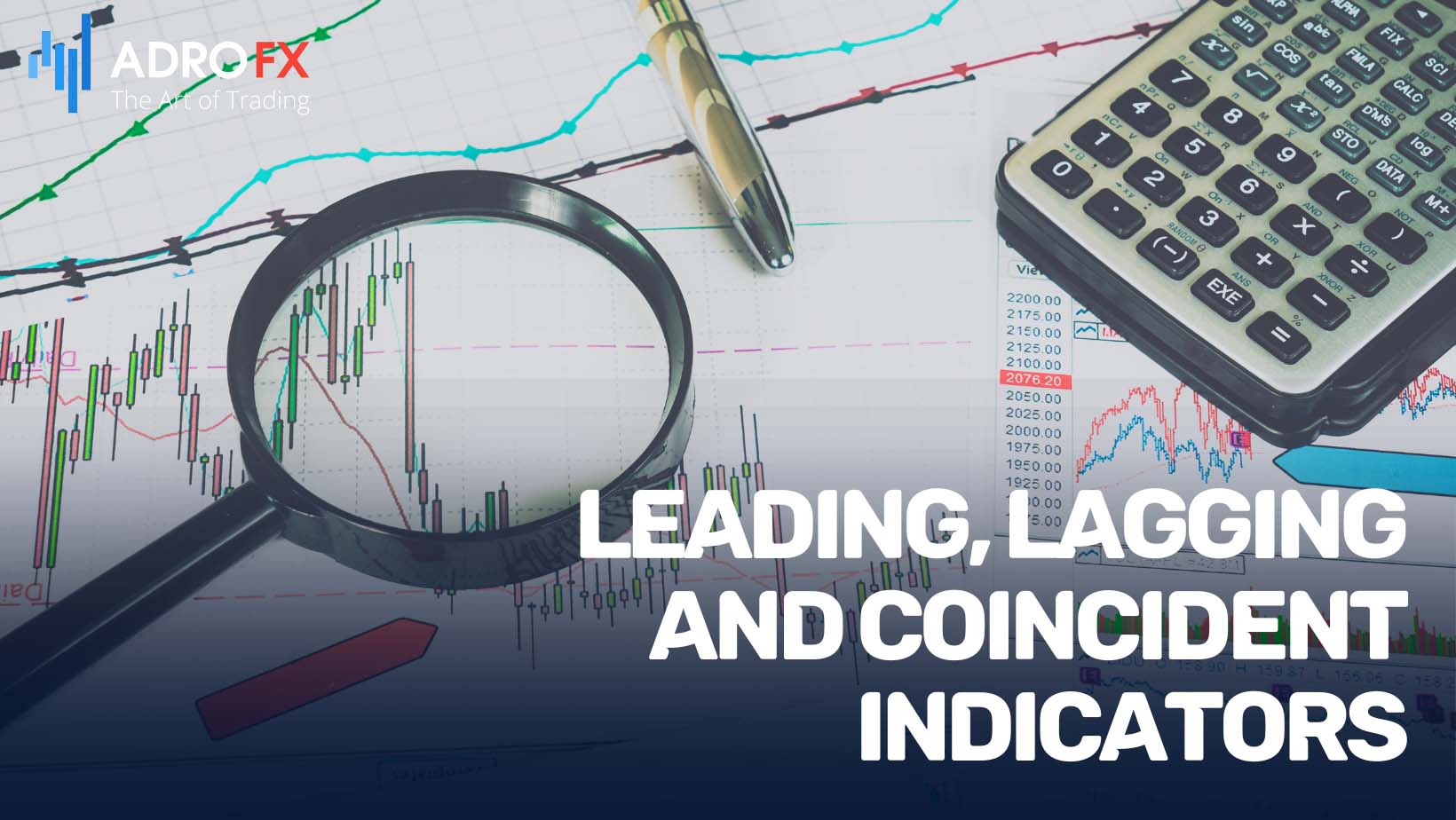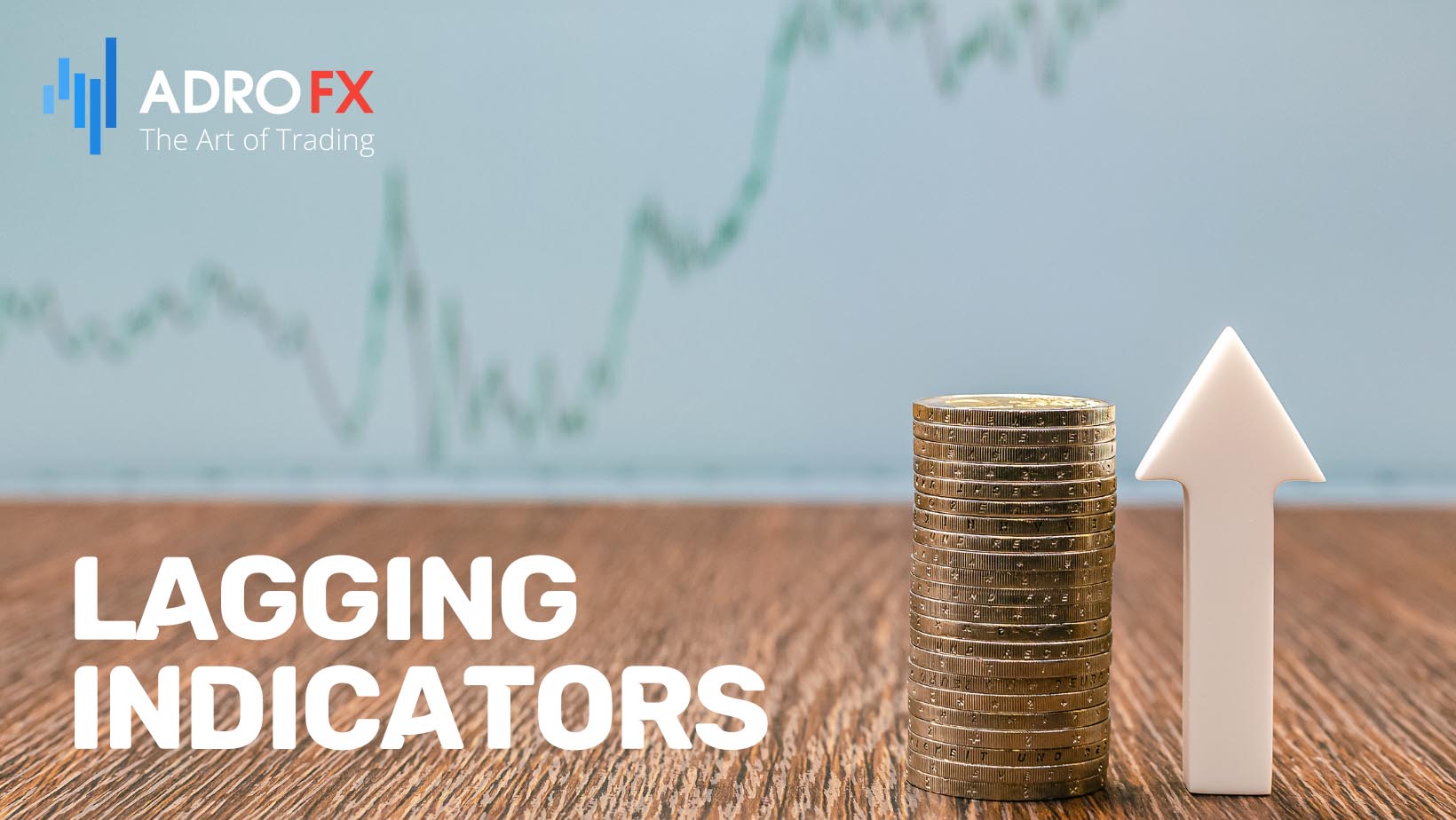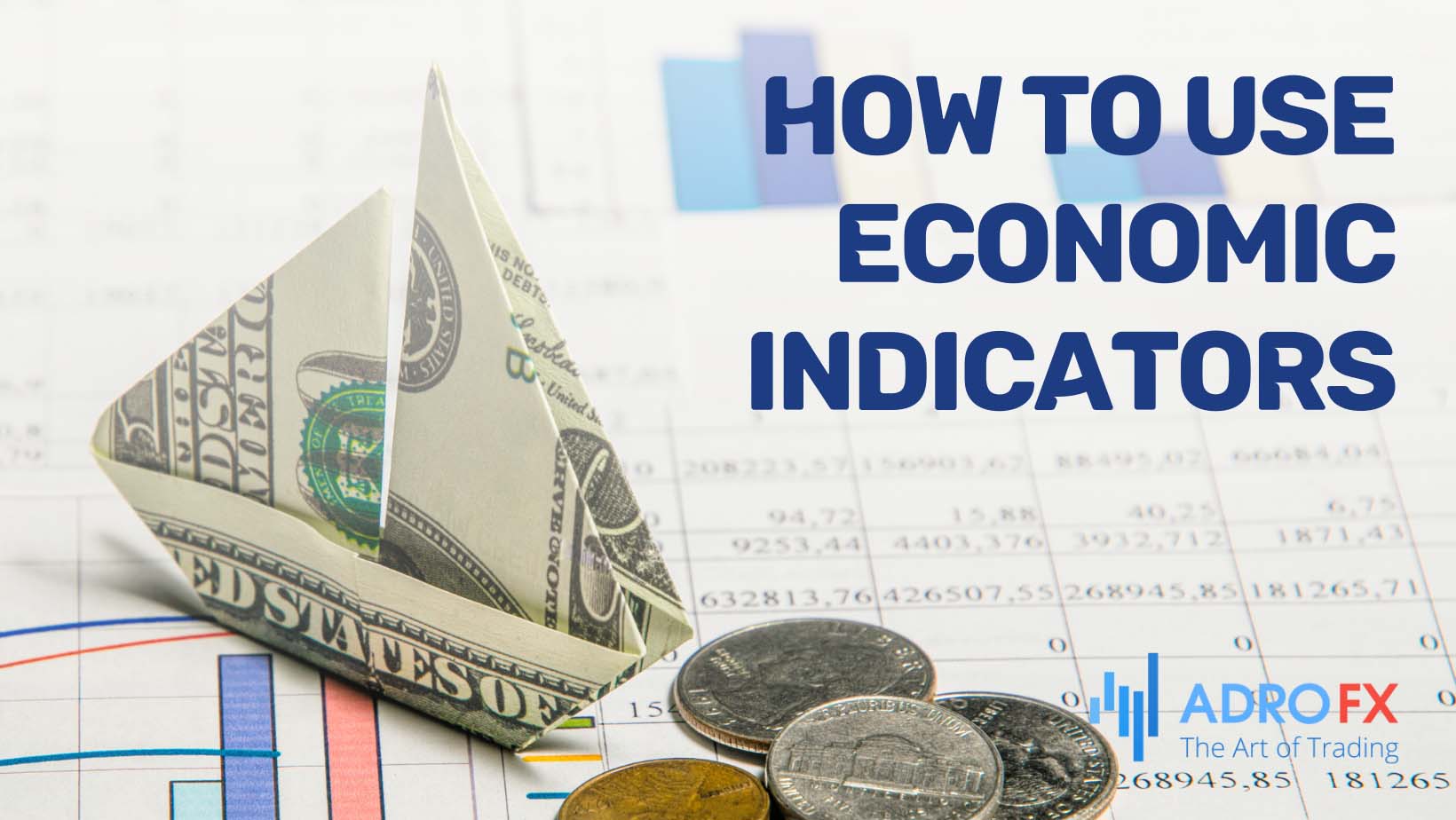Navigating the Economic Landscape: A Guide to Using Leading, Lagging, and Coincident Indicators in Trading

In the ever-shifting tapestry of financial markets, the ability to decipher the subtle cues embedded in economic indicators is a skill that sets apart the astute from the uncertain. In this dynamic realm of financial analysis and trading, understanding the nuances of leading, lagging, and coincident indicators is not merely an advantage but a necessity. These indicators serve as the compass guiding investors and traders through the complex terrain of economic fluctuations and market trends.
Join us as we navigate through the complex web of economic indicators, providing you with the knowledge and tools to confidently traverse the economic landscape in your pursuit of informed and strategic financial decisions.
Understanding Indicators
Indicators encompass a range of statistical measures utilized to forecast and comprehend financial or economic trends. While some indicators may initially appear whimsical, they often hold a certain degree of validity. For instance, the "lipstick indicator," introduced by Leonard Lauder, chairman of Estee Lauder, suggests that increased lipstick sales can serve as a signal of troubled economic times - an assertion that has proven accurate.
Nevertheless, the indicators that draw the most scrutiny are those disseminated by reputable sources, including various US government departments. These encompass social, business, and economic statistics derived from regular surveys, typically conducted every month. The systematic collection of data allows for ongoing tracking and in-depth analysis of trends over time.
The insights provided by these indicators wield considerable influence. They play pivotal roles in shaping fiscal and monetary policies, guiding business investments and strategies, and impacting the valuation of stock prices. Consequently, understanding and interpreting these indicators is paramount for individuals and entities navigating the complex landscape of financial and economic decision-making.

Leading, Lagging and Coincident Indicators
Within the realm of fundamental analysis, economic data found on the calendar can be broadly classified into three primary groups. The first group comprises leading indicators, which possess the ability to forecast the future performance of the economy.
Leading indicators are like the scouts of the economic landscape, eagerly peering ahead to forecast what lies on the horizon. Their primary mission is to anticipate changes in the economy before they unfold, serving as early-warning signals for investors and policymakers alike.
Think of them as the first ripples on the water that herald the incoming tide. For instance, the performance of major stock indices, such as the S&P 500, often acts as a harbinger of economic shifts. When investors express confidence in the market, it may signal forthcoming economic growth.
Consumer Confidence Indices are the mood rings of the economic world, capturing the optimism or pessimism of consumers about the future. A rise in consumer confidence could foreshadow increased spending, offering a sneak peek into the economic script yet to be written.
Purchasing Managers' Index (PMI), the heartbeat of the manufacturing sector provides an early diagnosis of economic health. Changes in PMI can be akin to the first shivers that precede a fever, offering insight into whether the economy is on the brink of expansion or contraction.
However, these leading indicators are not for the faint of heart. They can be as dynamic as a rollercoaster, responding swiftly to anticipated changes, and their predictions might be subject to revisions. Yet, for those seeking to navigate the economic terrain proactively, they are indispensable.
Lagging indicators, on the other hand, are the historians of the economic narrative. They don’t strive to predict the future; instead, they meticulously document the story that has already unfolded, confirming the twists and turns of the economic plot.
Picture them as the lingering echoes of a once-booming symphony. The unemployment rate, a classic lagging indicator, rises or falls in the wake of economic contractions or expansions. It's a trailing indicator, reflecting the aftermath rather than the precursor.
Corporate earnings, the financial report cards of companies, reveal their performance after the economic stage has witnessed its drama. They're the receipts from a shopping spree that confirm how well businesses fared during a particular economic era.
Gross Domestic Product (GDP), the comprehensive ledger of economic activity, provides a retrospective gaze. It's the concluding chapter that sums up the economic novel, offering insights into the overall performance of the economy over a specific period.
Unlike their leading counterparts, lagging indicators are more akin to steady anchors. They provide a stable, less volatile perspective, and their assessments are typically less prone to revisions. Investors and policymakers rely on these indicators for confirmation, to validate trends identified by their leading counterparts, and to gain a thorough understanding of the economic landscape in retrospect.
In essence, while leading indicators venture into the unknown, lagging indicators stay behind, meticulously documenting the economic journey already taken.
Additionally, there is another category of fundamental indicators referred to as the coincident. These indicators track the turning points in business cycles and can serve as a benchmark for evaluating economic statistics in the context of the business cycle.
An illustration of a coincident indicator is personal income, which stands as a barometer of economic health. Elevated personal income figures align with a robust economy, signifying prosperity. Conversely, a dip in personal income numbers signals economic challenges. Another example of a coincident indicator is the gross domestic product (GDP) of an economy.
Examples of Different Types of Economic Indicators in Trading
Economic indicators are important tools in analyzing and predicting economic trends in trading. Here are examples of all three types of indicators:
Leading Indicators
- Stock Market Indices
Leading indices like the S&P 500 or Dow Jones Industrial Average are considered leading indicators as they often anticipate economic trends. Changes in these indices can precede broader economic shifts.
- Consumer Confidence Index
This index measures the optimism or pessimism of consumers regarding the state of the economy. A rising consumer confidence often signals increased spending, which can be a leading indicator of economic growth.
- Purchasing Managers' Index (PMI)
PMI measures the health of the manufacturing sector. Values above 50 indicate expansion, while values below 50 suggest contraction. Changes in PMI can be an early indication of shifts in economic activity.
- Housing Starts
The number of new residential construction projects can be a leading indicator. An increase in housing starts may suggest economic growth, as it indicates confidence in the housing market.
- Yield Curve Inversions
An inverted yield curve, where short-term interest rates are higher than long-term rates, has historically preceded economic recessions. Investors often watch this as a potential leading indicator.

Lagging Indicators
- Unemployment Rate
Unemployment is a lagging indicator because it tends to rise after an economic downturn has already begun and fall after a recovery is underway.
- Corporate Eranings
While corporate earnings are crucial for the overall health of an economy, they are often considered a lagging indicator as they reflect past economic performance rather than current conditions.
- Gross Domestic Product (GDP)
GDP growth or contraction is a key indicator of economic health. However, it is typically reported after a quarter or more has passed, making it a lagging indicator.
- Interest Rates
Changes in interest rates by central banks can impact the economy, but their effects are often felt with a time lag. For example, higher interest rates may eventually lead to reduced consumer spending and business investment.
- Consumer Price Index (CPI)
Inflation, as measured by the CPI, is a lagging indicator. It reflects changes in price levels after they have occurred and provides insights into the past performance of the economy.
Coincident Indicators
- GDP Figures
The gross domestic product encapsulates the total value of goods and services produced within an economy. As a coincident indicator, GDP provides real-time insights into the contemporaneous state of economic activity.
- Personal Income Data
Tracking personal income data offers a direct glimpse into the financial well-being of individuals within a given economy. Higher personal income aligns with economic strength, while lower personal income signifies economic struggles.
- Industrial Production
The production output of industries is another example of a coincident indicator. Changes in industrial production levels provide a concurrent reflection of economic activity within a specific region.
Traders and investors need to consider a combination of leading, lagging, and coincident economic indicators for a comprehensive analysis of economic trends. Additionally, it's important to be aware that no single indicator can predict market movements with absolute certainty, and a holistic approach is often more effective.

How to Use Economic Indicators
Economic indicators are crucial tools for analyzing and understanding the health of an economy. They provide valuable insights into various aspects, such as employment, inflation, and overall economic growth. Here are some tips on how to use economic indicators effectively:
- Understand Key Indicators
Familiarize yourself with key economic indicators, including leading indicators, lagging indicators, and coincident indicators. - Monitor Trends
Keep track of trends in economic indicators over time. Look for patterns, cycles, and correlations between different indicators. Understanding the historical context can help you make more informed predictions about future economic conditions. - Evaluate the Impact on Financial Markets
Economic indicators can significantly influence financial markets. Learn how specific indicators impact various asset classes, such as stocks, bonds, and currencies. For example, interest rate changes can affect bond prices, while employment data can impact stock markets. - Assess Economic Health
Use a combination of indicators to gauge the overall health of an economy. A single indicator may not provide a comprehensive picture. For instance, consider GDP growth alongside unemployment rates and inflation to assess economic well-being. - Stay Informed on Global Indicators
In today's interconnected world, global economic indicators can affect local economies. Pay attention to international factors, such as trade balances, global economic growth, and geopolitical events, as they can have ripple effects on your domestic economy. - Consider Sector-specific Indicators
Different sectors of the economy may respond differently to economic indicators. For a more nuanced understanding, explore sector-specific indicators. For example, housing starts can provide insights into the real estate market, while manufacturing data can reflect industrial health. - Use Indicators for Decision-Making
Incorporate economic indicators into your decision-making processes. This could include investment decisions, business planning, or personal financial management. Understanding the economic environment can help you make more informed and strategic choices. - Be Mindful of Revisions
Economic indicators are often revised as more data becomes available. Stay updated on revisions, as they can significantly alter the initial interpretation of the data. Be cautious about making hasty decisions based on preliminary releases. - Combine Qualitative and Quantitative Analysis
While economic indicators provide quantitative data, qualitative factors also play a crucial role. Consider factors like government policies, technological advancements, and social trends in conjunction with economic indicators for a more comprehensive analysis. - Adapt to Changing Economic Conditions
Economic conditions are dynamic. Regularly reassess your strategies and assumptions based on the evolving economic landscape. Flexibility and adaptability are key to navigating changes in the economy.
By incorporating these practices into your analysis, you can harness the power of economic indicators to make informed decisions in various contexts, from personal finance to business strategy.
Final Thoughts
In conclusion, navigating the economic landscape requires a nuanced understanding of leading, lagging, and coincident indicators - an essential toolkit for traders and investors alike. The significance of these indicators in both fundamental and technical analysis cannot be overstated, as they provide invaluable insights into the intricate dance of economies and financial markets.
In a world where economic conditions are dynamic, adaptability and flexibility are paramount. Regular reassessment of strategies based on the evolving economic landscape ensures that individuals and entities can harness the power of economic indicators for informed decision-making in various contexts, from personal finance to business strategy. In essence, the ability to navigate the economic landscape effectively hinges on the adept interpretation and utilization of these critical indicators.
About AdroFx
Established in 2018, AdroFx is known for its high technology and its ability to deliver high-quality brokerage services in more than 200 countries around the world. AdroFx makes every effort to keep its customers satisfied and to meet all the trading needs of any trader. With the five types of trading accounts, we have all it takes to fit any traders` needs and styles. The company provides access to 115+ trading instruments, including currencies, metals, stocks, and cryptocurrencies, which make it possible to make the most out of trading on the financial markets. Considering all the above, AdroFx is the perfect variant for anyone who doesn't settle for less than the best.










